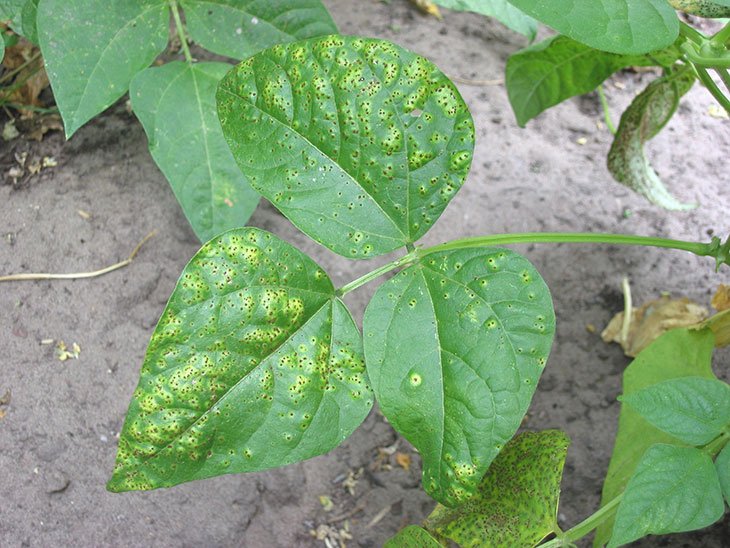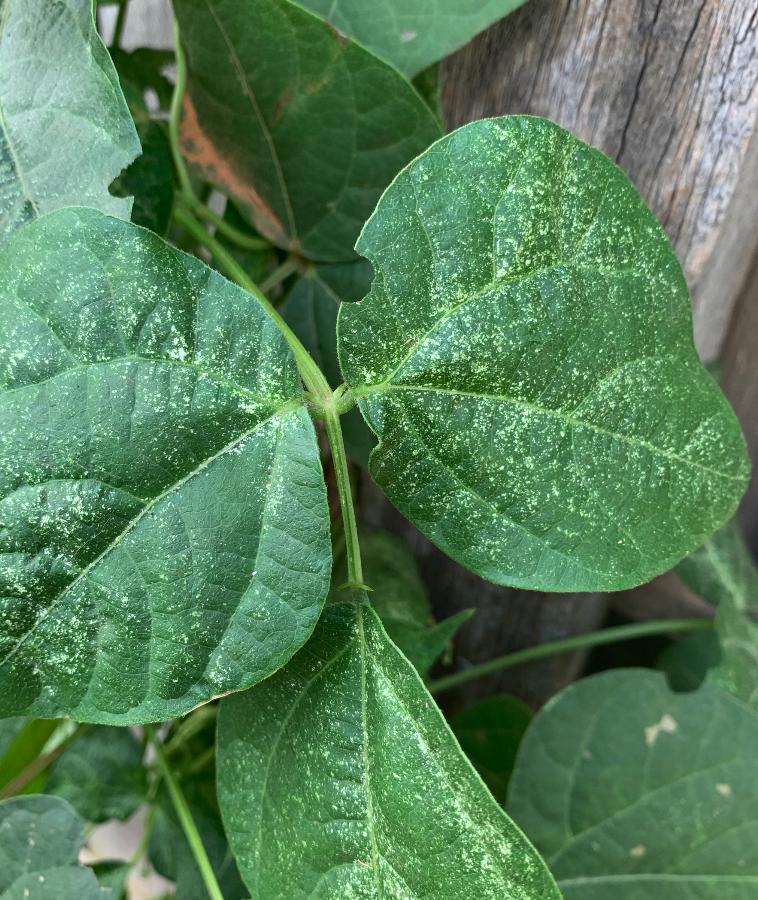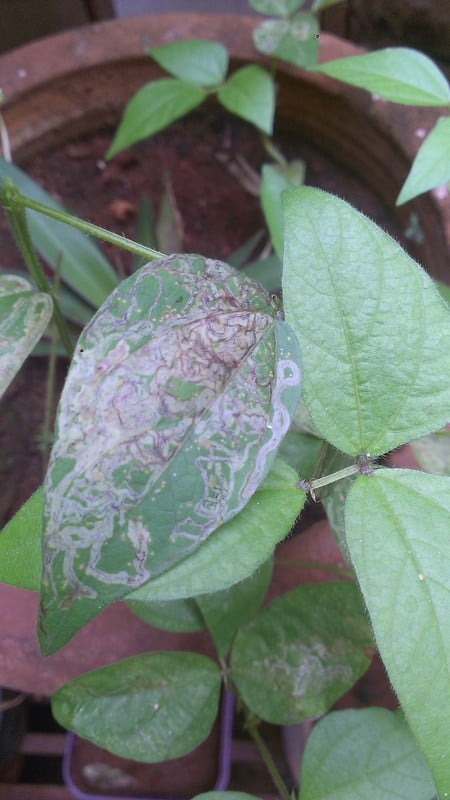Ever wondered why your green beans suddenly turn white? It’s a puzzling phenomenon that can leave you scratching your head. It seems like overnight, the vibrant green color that once adorned your beans has vanished, leaving behind an eerie pale shade. But fret not, there’s a logical explanation behind this mysterious transformation. In this article, we’ll uncover the secrets behind why your green beans are turning white and explore some simple solutions to prevent it from happening again. Get ready to delve into the science of green beans and unlock the secrets of their color-changing tendencies.

Common Causes of White Green Beans
Green beans are a favorite vegetable in many gardens, but sometimes they can develop a white appearance, which can be concerning. There are several possible causes for white green beans, including fungal infections, insect infestations, nutrient deficiencies, sunburn, and herbicide damage. Understanding the specific causes and taking appropriate steps can help prevent and treat this issue.
Fungal Infections
Fungal infections are a common cause of white green beans. One type of fungal infection that can affect green beans is powdery mildew. Powdery mildew appears as a white powdery substance on the leaves and pods of the plants. Another fungal infection is bean rust, which causes bright orange or rust-colored pustules on the plant’s surfaces. White mold, a third fungal infection, often forms fluffy white patches on the green bean plants.

Insect Infestations
Insect infestations can also cause green beans to turn white. Aphids are tiny insects that can cluster on the undersides of leaves and feed on plant sap, causing damage. Whiteflies, another common pest, can cover the leaves of green bean plants and cause them to turn white. Bean leaf beetles, known for their vibrant red and black markings, can also infest green bean plants and cause white discoloration.
Nutrient Deficiencies
Nutrient deficiencies can lead to white green beans. A lack of nitrogen, an essential nutrient for plant growth, can cause the leaves of green bean plants to appear pale or yellowish-white. Phosphorus deficiency may cause stunted growth and a general decline in plant health, resulting in white beans. Potassium deficiency can lead to yellowing and whitening of leaves, stems, and pods.

Sunburn
Excessive heat and sun exposure can cause green beans to turn white. When green bean plants are exposed to intense sunlight for extended periods, they can suffer from sunburn. This can cause the leaves and pods to turn pale or white, and in severe cases, the plants may wilt or die. Providing shade or using protective coverings during the hottest parts of the day can help prevent sunburn.
Herbicide Damage
Herbicide damage can also cause green beans to turn white. Accidental exposure to herbicides, either through drift from neighboring crops or incorrect application, can have harmful effects on green bean plants. Herbicides can cause discoloration, wilting, and even death of the plants, resulting in white beans.

Preventing and Treating White Green Beans
Prevention and treatment of white green beans involve various cultural practices, the use of fungicides, insecticides, fertilizers, protecting plants from sunburn, and avoiding herbicide exposure. Employing a combination of these strategies can help maintain healthy, vibrant green bean plants.
Cultural Practices
Implementing proper cultural practices is vital to prevent and treat white green beans. This includes using proper planting techniques, such as planting beans in well-drained soil and ensuring proper spacing between plants. Choosing disease-resistant varieties can also reduce the risk of fungal infections. Crop rotation can help disrupt the life cycle of pests and pathogens, minimizing the chances of infestations. Keeping the garden free from weeds and employing proper watering and irrigation techniques can further protect the plants. Additionally, the removal of infected plants can prevent the spread of fungal infections and infestations.

Fungicides
If fungal infections are present, applying fungicidal sprays can help control the spread of the disease. Fungicides should be selected based on the specific fungal infection present and applied according to the manufacturer’s instructions. The timing of application is crucial, as early intervention can prevent further damage and limit the spread of the infection.
Avoiding Herbicide Exposure
To avoid herbicide damage, careful weed control is essential. Ensuring that herbicides are applied correctly and only targeting specific weeds can prevent accidental exposure to green bean plants. Following the label instructions of herbicides and using them judiciously can help prevent herbicide damage.
Conclusion
While white green beans can be a cause for concern, understanding the common causes and implementing preventive measures can help maintain the health and productivity of green bean plants. By addressing fungal infections, insect infestations, nutrient deficiencies, sunburn, and herbicide damage, gardeners can enjoy a bountiful harvest of vibrant green beans. Employing cultural practices, utilizing fungicides, insecticides, and fertilizers, protecting plants from sunburn, and avoiding herbicide exposure are all essential steps to ensure the well-being of your green bean plants. With proper care and attention, those white green beans can once again be transformed into the vibrant, delicious addition to your garden harvest.



